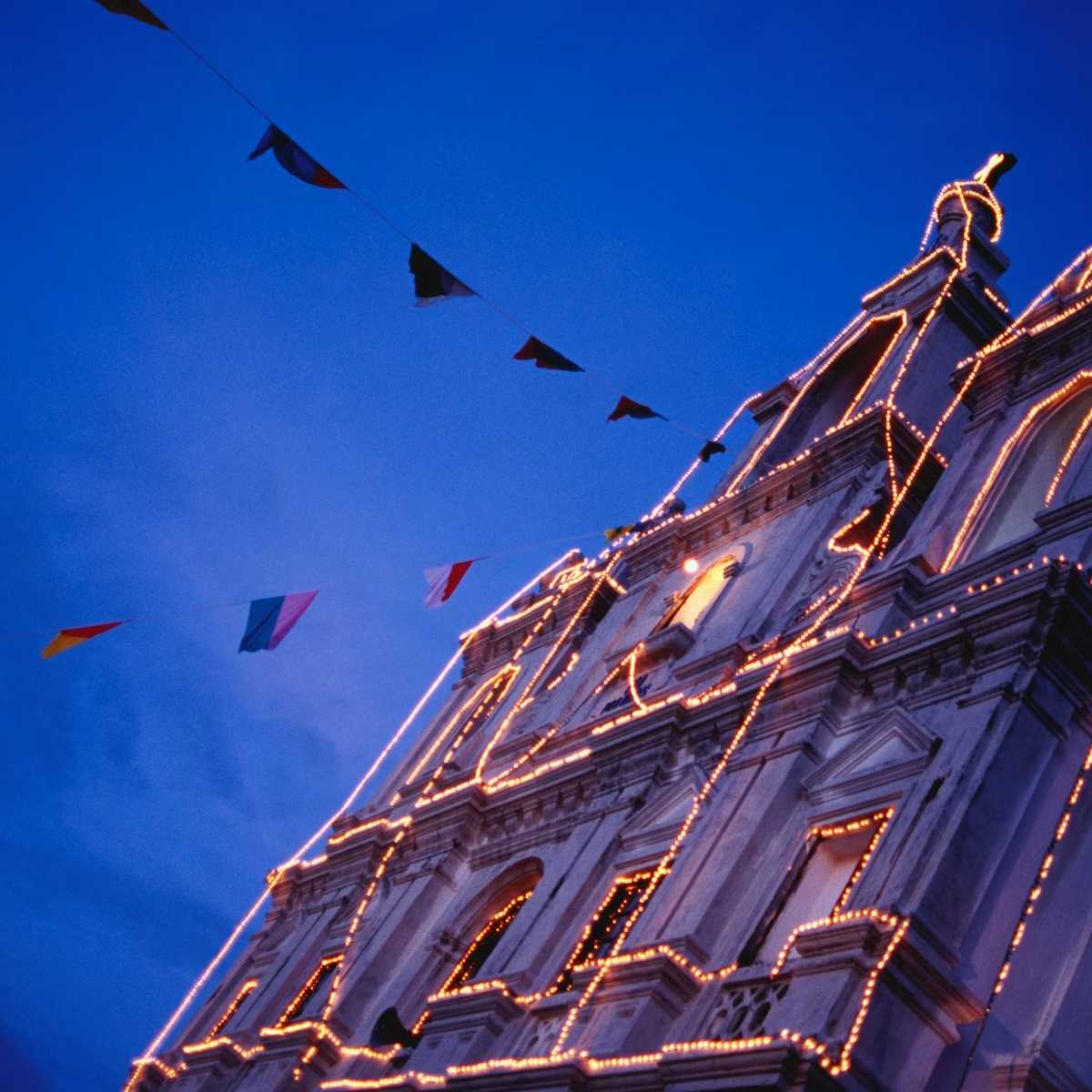Named after the late Dr Salim Moizzudin Abdul Ali, India’s best-known ornithologist, this serene sanctuary on Chorao Island was created by Goa’s Forestry Department in 1988 to protect the birdlife that thrives here and the mangroves that have grown up in and around the reclaimed marshland. Apart from the ubiquitous white egrets and purple herons, you can expect to see colourful kingfishers, eagles, cormorants, kites, woodpeckers, sandpipers, curlews, drongos and mynahs, to name just a few.
Marsh crocodiles, foxes, jackals and otters have also been spotted by some visitors, along with the bulbous-headed mudskipper fish that skim across the water’s surface at low tide. There’s a birdwatching tower in the sanctuary that can be reached by boat when the river level, dependent on the tide, is not too low.
Even for those not especially interested in the birds themselves, a leisurely drift in a dugout canoe through the sanctuary’s mangrove swamps offers a fascinating insight into life on this fragile terrain.
The best time to visit is either in the early morning (around 8am) or in the evening (a couple of hours before sunset), but since the Mandovi is a tidal river, boat trips depend somewhat on tide times. You’ll find boatmen, in possession of dugout canoes to take you paddling about the sanctuary, waiting around at the ferry landing on Chorao Island; the going rate is around ₹800 for a 1½-hour trip. The forest department also operates two boats, which can hold up to 10 or 12 people, for ₹750 or ₹900 respectively. Don’t forget to bring binoculars and a field guide to all things feathered if you’re a keen birdwatcher.
To get to Chorao Island by bus, board a bus from Panaji bound for Old Goa and ask to be let off at the Ribandar ferry crossing.




